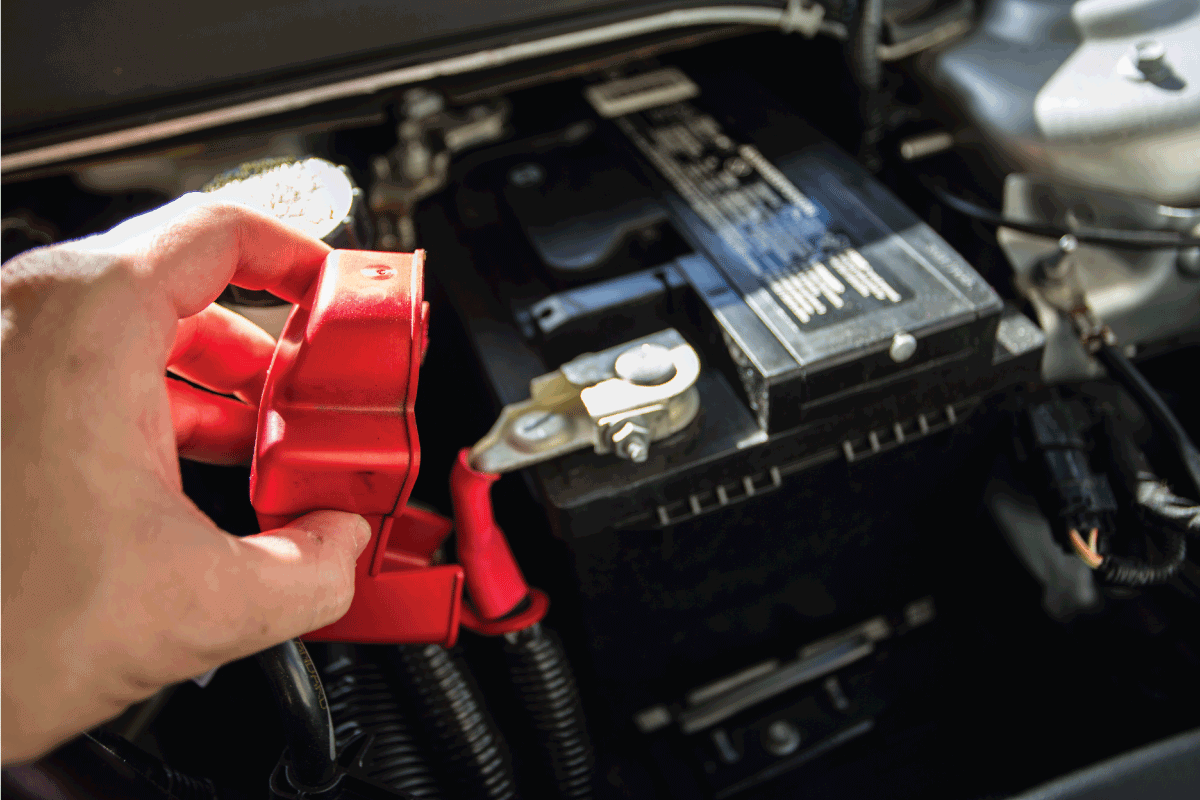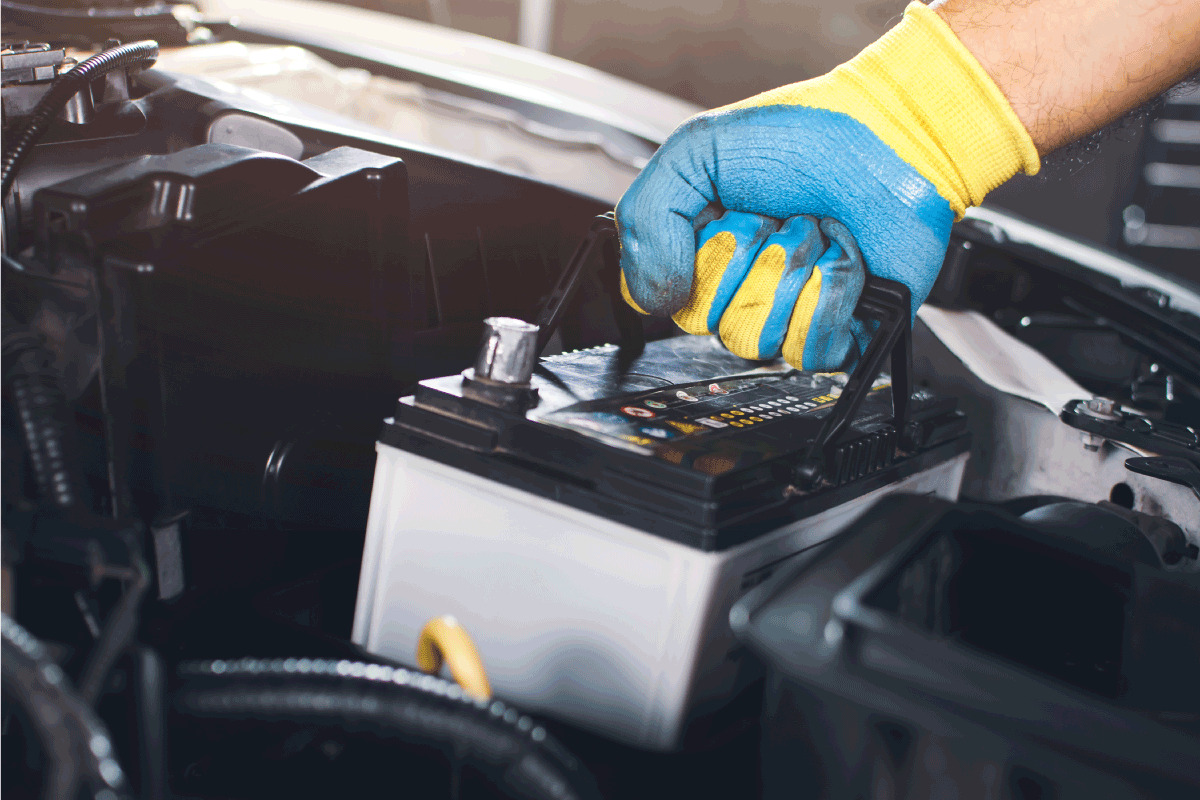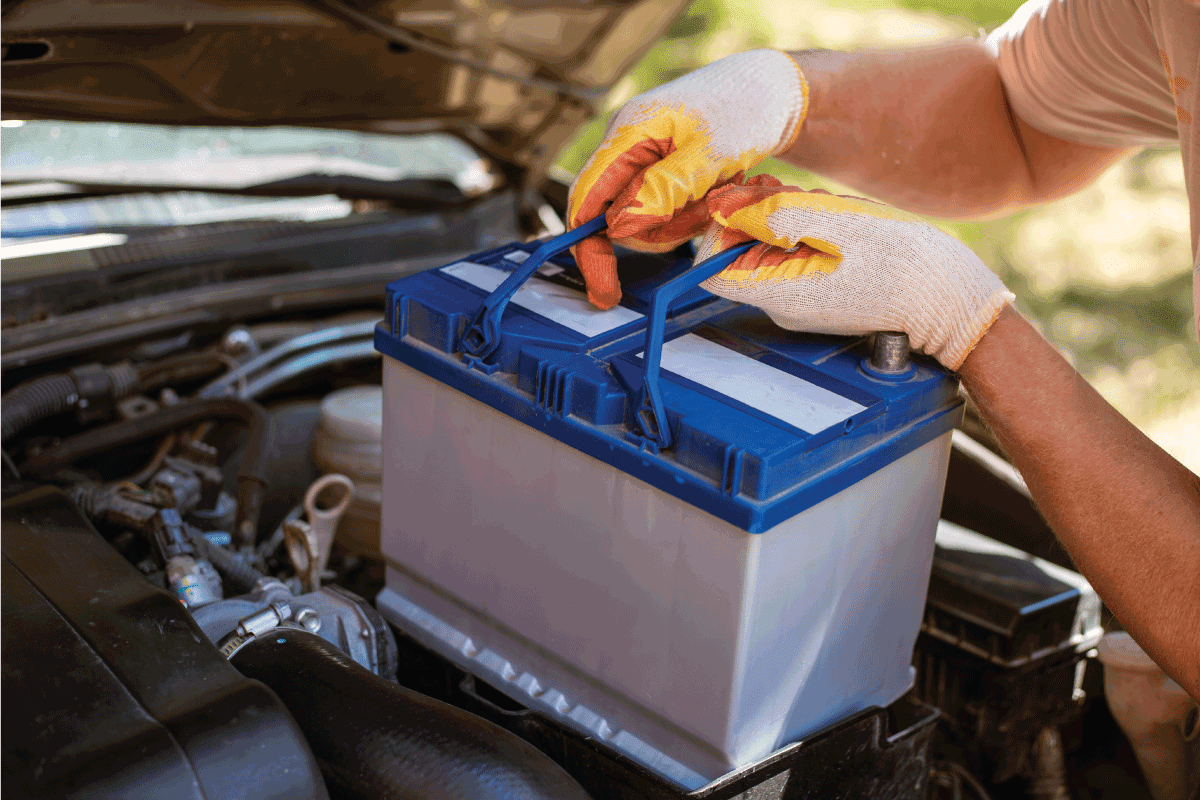Are you planning to move your car battery to the trunk—or maybe you’re planning to install a second car battery in the truck just for audio—and you want to know how to vent it? You’ve come to the right place, for we have researched this question, and we have the answer for you.
Here is a summary of the steps that you need to follow to vent a car battery in the trunk. These are steps that you can follow if you prefer not to isolate your car battery.
- Locate an area at the base of your trunk that you can drill a hole into without hitting the fuel tank or the spare tire well.
- Drill a hole at the base of the trunk.
- Cut a hole in the carpet that will align with the hole in the trunk.
- Place a washer on the outside of the vent hole and insert another washer into the vent tube.
- Insert the vent tube into the hole,
- Install the nut that will keep the vent tube in place.
Let’s talk about another way to vent your car battery in the trunk in the succeeding sections.
Read on!
Are there different types of car batteries?
There are several types of car batteries. Although they all do the same job, they are not all made the same way.
The different types of car batteries fall under two main design types—flooded batteries and VRLA.

Flooded batteries are also known as wet-cell batteries. They have thick lead plates and large separators. Flooded batteries are high-maintenance batteries that require regular refilling of distilled water.
A flooded battery needs a vent. It produces gases like hydrogen and oxygen while it is charging. It also produces sulfur dioxide when it is overcharged.
Too much hydrogen in an enclosed space has the potential to explode.
VRLA batteries or valve-regulated lead-acid batteries are more commonly known as sealed lead-acid batteries. These batteries trap the hydrogen byproduct and keep them close to the plates and ready for recombination. Recombination binds the hydrogen atoms with oxygen atoms to turn into water.
Recombination allows a VRLA battery to be maintenance-free. These batteries do not need any venting.
The third loose type is where the lithium-ion and nickel-metal hydride batteries belong. These batteries are common in plug-in hybrid cars and all-electric vehicles.
Although lithium-ion batteries are common in electric and hybrid vehicles, you can also use them in regular diesel or petrol vehicles. And just like VRLA batteries, they are maintenance-free, meaning you don’t have to vent these batteries.

Different Types Of Car Batteries
Under the three different classifications above are different car batteries that have their own specific characteristics. Here are the most common types of car batteries that you can find in the market today.
Flooded Lead Acid Battery
This is the oldest type of car battery. The original design hails all the way back to 1859.
Some car manufacturers call them SLI batteries which stands for “start, lights, and ignition,” the three basic functions of a car battery.
This type of car battery is made of 6 cells submerged in a solution of acid and water. Water breaks down into its components, hydrogen and oxygen atoms, during operation. This requires that you refill the battery with water periodically.
Because of its liquid content, it should always be upright, or its contents will spill. This type of battery requires venting.
Silver-Calcium Battery
Silver-calcium batteries or silver-calcium alloy batteries have grids of lead-calcium-silver alloy. This makes it highly resistant to corrosion and high temperatures. In turn, this modification to the usual lead-antimony or lead-calcium alloys of standard batteries gives it longer service life.
The downside of this type of battery is that it requires an alternator that can produce extremely high voltages to charge it. It will quickly deteriorate if a vehicle cannot produce the voltage it requires.
Fortunately, this demanding battery does not need venting.
EFB [Enhanced Flooded Battery]
This type of battery is an improvement to the standard flooded battery. Its manufacturing adds carbon to the construction of the lead-antimony alloy of a standard flooded battery.
As a result, it can produce 85,000 engine starts. A standard flooded battery can produce up to 30,000 engine starts.
This type of car battery requires venting.
Gel Cell Battery [Dry Cell]
A dry cell battery is a type of VRLA battery that suspends the electrolyte and water in a gel substance that prevents spills. Additionally, it is inherently maintenance-free, which means that it doesn’t need venting.
Manufacturers mix silica into the liquid electrolyte, turning it into a gel.
It has a longer lifespan than an SLI battery.
AGM [Absorbent Glass Mat]
Instead of turning the liquid electrolyte into a gel, this type of battery uses a glass mat to absorb the electrolyte and keep it in place. It performs better than any of the flooded types and its gel-type cousin.
It doesn’t need venting or regular maintenance.
Lithium-Ion Battery [Li-Ion]
Lithium-ion batteries are common in electric vehicles. It can store more energy per volume than its flooded battery counterparts. It is also lighter, which is important for electronic vehicles, giving it a longer mileage per charge.
Lithium-ion battery parts are recyclable, making them an environmentally friendly option.
A lithium-ion battery doesn’t require venting.
Nickel-Metal Hydride
A nickel-metal hydride battery is also common in hybrid vehicles. This battery has a longer lifespan than lithium-ion and lead-acid batteries. However, they have a high self-discharge rate and a lesser energy density than lithium-ion batteries.
Similar to the lithium-ion battery, a nickel-metal hydride battery does not need venting.

Moving The Car Battery To The Trunk
It is common for performance and street race cars to move their car battery to the trunk. This modification frees up space under the hood for a turbocharger or a ProCharger. If you’re looking to do an engine swap to a more powerful engine, then your car can definitely use the extra space.
In addition to the extra space, moving the battery to the truck helps with weight distribution. Adding a turbocharger or a ProCharger represents additional weight to the front of your car. Even moving to a more powerful engine means there will be extra weight in front.
Moving the car battery to the rear helps distribute the weight from the front to the rear.
How to vent a car battery in the trunk?
When you decide to move the car battery to the trunk, you normally swap your old battery for a maintenance-free battery too. This gives you more installation options to move the battery to the trunk. You can normally install non-lead-acid batteries in any direction since they don’t have liquid components that will spill.
Before you install a vent in your trunk, check the type of car battery that you’re using and check with the types of car batteries above. This is to find out whether the car battery that you have needs venting or not.
A maintenance-free battery does not need venting.
However, if you’re really in favor of using a lead acid battery, here are the steps you can follow to install a vent for your battery in the trunk.
Isolating Your Battery
You can use the steps above to vent your battery if you don’t plan to install anything else in your trunk. However, if you still need a functional trunk or if you plan to install something else in the trunk later, then you will need to isolate your lead acid battery.
Picking a battery box is the simplest way to isolate your car battery. There are aluminum and plastic boxes that you can choose from. Pick one that is slightly bigger than the size of your car battery.
An Aluminum Battery Box Relocation Kit is available on Amazon through this link.
Installing The Battery Box
- Drill a hole at the bottom of your trunk that matches the mounting holes of your battery box. Make sure that you don’t hit the fuel tank. In some cases, you will have to uninstall the fuel tank first to make sure that you don’t drill through the fuel tank.
- Insert the mounting stud bolts into the holes of the box, then through the hole in the trunk. Place a nut on the top to stop it from falling through.
- Insert a washer, then install a nut from the bottom of your trunk. The nut should be flush with the stud bolt to make sure that it doesn’t hit the fuel tank.
- Remove the nut on top of the stud bolt and insert a washer. Reinstall the nut and tighten it.
![steps on how to install battery relocation kit. How To Vent A Battery In The Trunk [Step By Step Guide]](https://vehq.com/wp-content/uploads/2022/10/steps-on-how-to-install-battery-relocation-kit.-How-To-Vent-A-Battery-In-The-Trunk-Step-By-Step-Guide.png)
Installing The Vent
- Drill a hole that is big enough for the vent hose at the base of your trunk between the wall of your trunk and the wall of your battery box.
- Insert a washer into the vent tube and insert the tube into the vent hole of the box.
- Insert a washer into the tube and install the fastening nut inside the box.
- Install the vent hose into the end of the tube.
- Install the other vent tube into the hole on the floor of your trunk.
- Insert the opposite end of the hose into the vent tube on the floor of your trunk.
![Maintenance of the machine. A male car mechanic takes out a battery from under the hood. How To Vent A Battery In The Trunk [Step By Step Guide]](https://vehq.com/wp-content/uploads/2022/10/Maintenance-of-the-machine.-A-male-car-mechanic-takes-out-a-battery-from-under-the-hood.-How-To-Vent-A-Battery-In-The-Trunk-Step-By-Step-Guide.png)
Conclusion
Before moving to install a vent in your trunk, consider switching to a battery that doesn’t need a vent.
If you enjoyed reading this article, you might find the articles below equally enjoyable to read:
How Long To Charge A Car Battery With Jumper Cables?
Car Horn Not Working After Battery Change – What Could Be Wrong?

